Ever since a huge earthquake off the coast of Japan sent a tsunami crashing into a nuclear plant in Fukushima, setting off one of the world’s worst nuclear crises, scientists have been uncovering the radioactive legacy of the 2011 disaster. The government warned about contaminated seafood around Japan, and toxic water, sludge and rubble. More frighteningly, radioactive wild boars marauded Japanese towns and attacked people. Now a group of French nuclear physicists say they have stumbled on Fukushima’s signature in Northern California wine.

In a new study, the researchers report testing 18 bottles of California rosé and cabernet sauvignon from 2009 onward and finding increased levels of radioactive particles in the wine produced after the Fukushima disaster. In the case of the cabernet, the levels of the radioactive materials doubled.
“We can measure some radioactive level that is much higher than the usual level,” said Michael Pravikoff, a physicist at a French research center who worked on the study.
The French research team has in recent years examined wines from around the world, trying to correlate the level of radioactive material with the date the wine grapes were picked.
Wines made around major nuclear events, including American and Soviet nuclear tests during the Cold War and the Chernobyl accident, should show higher levels of radioactive isotopes, called cesium-137, according to the researchers. The man-made isotope cannot be found in nature and would be present only at certain levels after the nuclear events.
This method of analysis, Mr. Pravikoff said, has become a way of verifying the authenticity of wine as fraud continues to be a persistent and lucrative crime. Wine with cesium-137 cannot have existed before the mid-20th century, and certain nuclear events would leave unique signatures based on time and proximity to the grapes.
Ingesting cesium-137 can result in an elevated risk for cancer, but the level of radioactive material from Fukushima in food and drink in countries outside Japan has been too low to result in a health hazard, according to the World Health Organization.
While the 2011 earthquake and tsunami killed an estimated 16,000 people in the Fukushima area and across Japan and more than 160,000 fled the area around the plant, nobody was believed to have been sickened or killed by the radiation as most of the fallout was swept out to sea.
Fish off the coast of Japan showed elevated levels of radiation, including cesium, resulting in the Japanese government’s banning or limiting their sale.
The California wine, however, is not seen as a health hazard, Mr. Pravikoff said. While the radioactive cloud from the disaster floated over the Pacific Ocean to California, settling on grapes there, the radioactive levels were low and drop with each passing year.
“These levels are so low, way below the natural radioactivity that’s everywhere in the world,” Mr. Pravikoff said. He said the team’s special equipment helped detect the change in levels of radioactive material.
The California Department of Public Health said Friday that it had not previously heard of the study, but that there were no “health and safety concerns to California residents.”
“This report does not change that,” a department spokesman, Corey Egel, said in an emailed statement.
Mr. Pravikoff said the California bottles had radioactive levels so low that the researchers had to use a special technique to measure them: burning the wine to ashes. In other cases, where radiation is higher, the team’s equipment can measure the radiation through the glass of the wine bottle, so the bottle does not have to be opened. Typically, the test has been conducted on unopened bottles.
Mr. Pravikoff said the method was developed three decades ago and gained prominence as people became more attuned to wine fraud. Two years ago, he said, he was shopping at a supermarket when he found several bottles of cabernet sauvignon from California’s Napa Valley, produced years before, but after Fukushima. That spawned the idea to test for the disaster’s imprint.
“I just bought them, just to see,” he said. “It is more for the pure scientific aspect that we were interested in measuring them.”
Mr. Pravikoff said he would like to do more testing on bottles produced before the disaster to build more confidence in the team’s findings.
Maureen Downey, a wine authentication expert who leads Chai Consulting, a wine collection consulting firm, called the French researchers’ method “fantastic science.” But she said it was of limited use to those in the wine industry, as prices could vary by thousands of dollars between neighboring vineyards, for example. “Fifteen feet away is a difference in your bottle worth $15,000,” she said.
Wine, for its part, still remains a hotly debated drink when it comes to health: One study found that patients with Type 2 diabetes who drank wine, most notably red wine, had a reduced cardiometabolic risk, or the chance of heart disease, stroke or other medical conditions. Many other studies warn of the health risks of alcohol abuse and the danger to pregnant women.
While radioactivity from Fukushima will probably not hurt those seeking California wines from 2011 and later, the lesson, as always, is to drink in moderation.
Follow us: Facebook and Twitter
Arxiv – Dating of wines with cesium-137: Fukushima’s imprint
NY Times – Fukushima’s Nuclear Imprint Is Found in California Wine (Drinkers, Don’t Panic)



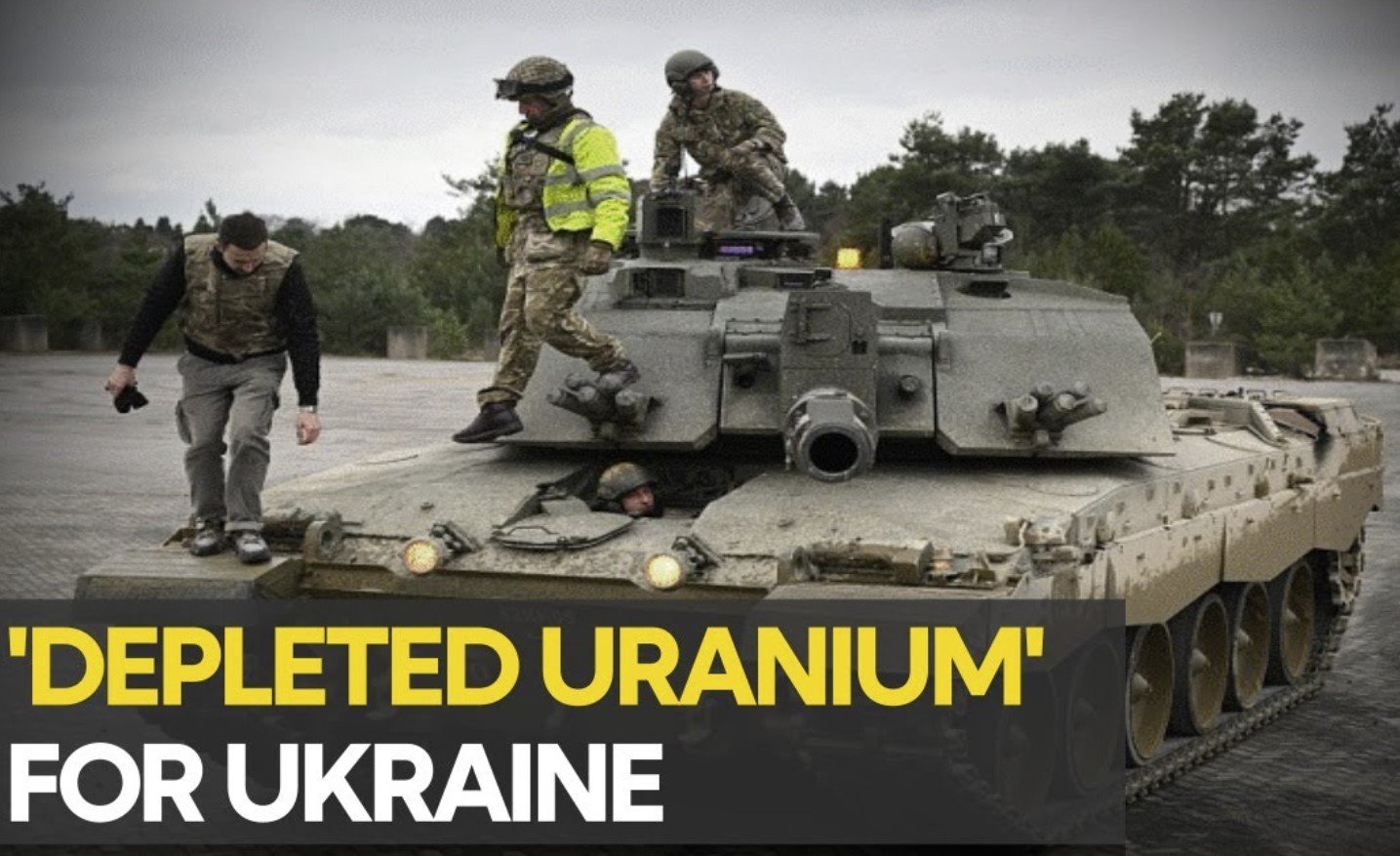
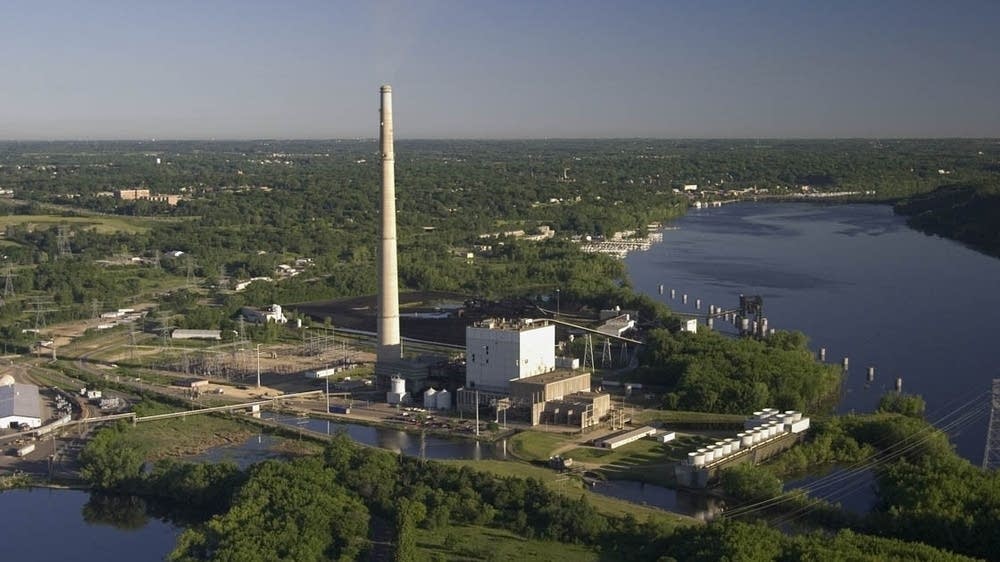

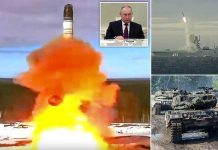
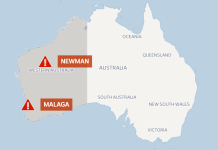
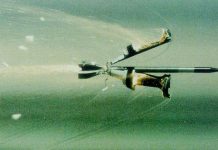
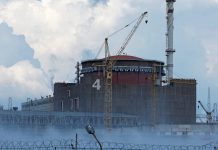
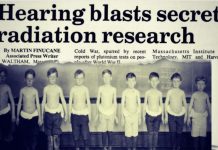

[…] Drinkers don’t panic! Radioactive traces of Fukushima found in California wines […]
All the Californian coast … Mexico and the British part of Canada
They have traces of radiation ( In the air and in the sea water) …
And all these dangerous things continues to get very raw and very ugly.